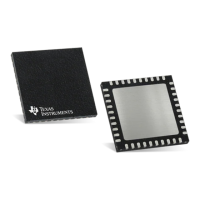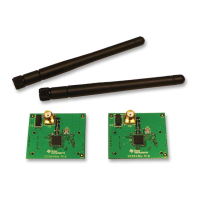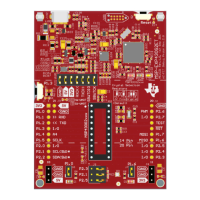Hardware Resource Mapping
www.ti.com
4.2.2 Software Setup for Capacitive Touch Demo
1. Start Code Composer Studio version 5.
2. In the TI Resource Explorer, look for an entry called controlSUITE and expand the Development Tools
section.
3. Expand the entry for BOOSTXL-C2KLED and look for the capacitive touch demo application project.
Follow the steps in the right pane of Resource Explorer to import, compile, program, and run the
example.
4. After the example is running, the LEDs can be controlled as follows:
(a) Press the Center button twice to initially turn the LEDs ON.
(b) Spinning one’s finger around the touch wheel, while the LEDs are ON, cycles through the color
spectrum.
(c) Pressing the Center button again turns the LEDs OFF.
(d) Subsequent (single) presses of the Center button turns the LEDs ON or OFF.
5 Hardware Resource Mapping
5.1 Resource Allocation
Figure 8 shows the various stages of the board in a circuit diagram format and illustrates the major
connections and feedback values being mapped to the C2000 MCU. Table 2 lists these resources. For
more detailed information, see the schematics and the device-specific data sheets.
Table 2. PWM and ADC Resource Allocation
Net Name PWM/ADC Channel Description
VDCIN ADC-B6 Input voltage sense
PWM-1A PWM-1A Boost 1 PWM signal
PWM-1B PWM-1B Boost 2 PWM signal
VBLUE ADC-B1 Boost 1 output voltage sense
VGREEN ADC-B2 Boost 2 output voltage sense
IBLUE ADC-A2 Boost 1 output current sense
IGREEN ADC-A1 Boost 2 output current sense
PWM-2A PWM-2A Boost 3 PWM signal
VRED ADC-B4 Boost 3 output voltage sense
IRED ADC-A6 Boost 3 output current sense
12
C2000 LED BoosterPack SPRUHH9–July 2012
Submit Documentation Feedback
Copyright © 2012, Texas Instruments Incorporated

